Next Architects Presents The Installation Breathing Home_Start Up Home at the Venice Biennale
NEXT Architects presents the installation BREATHING HOME_START UP HOME at the 15th International Architecture Exhibition – La Biennale di Venezia. The presentation is part of the collateral event ACROSS CHINESE CITIES–CHINA HOUSE VISION, curated by Beatrice Leanza (BJDW) and Michele Brunello (DONTSTOP Architettura), presented at Ca’ Tron, a 16th century Palazzo at the Canal Grande in Venice.
The presentation is part of the collateral event ACROSS CHINESE CITIES–CHINA HOUSE VISION, curated by Beatrice Leanza (BJDW) and Michele Brunello (DONTSTOP Architettura), presented at Ca’ Tron, a 16th century Palazzo at the Canal Grande in Venice.
The show renders manifest the contextual phenomena – economic, urban, social – that inform the research trajectories, motives and conditions behind 12 architectural proposals by reflecting on the implications of rethinking ‘habitation’ beyond the strict confines of the ‘private’, featuring among others Atelier Deshaus, Beijing Centre for the Arts (with Kengo Kuma, Winy Maas and Au Yeung Ying Chai), MAD Architects, Trace Architecture Office, URBANUS, ZAO/standard architecture and NEXT architects.
The House Vision project is a Pan-Asian platform of multidisciplinary research and development started by designer Kenya Hara and Sadao Tsuchiya for Japan in 2013. House Vision is an exploration in ‘applied futurity’ in the realm of domestic habitation. The presentation Across Chinese Cities – House Vision features for the first time the body of research so far produced with a team of China-based architects and experts from various innovation-driven industries. It addresses the wider cultural and historic implications affecting the role and habitat of architecture practice in today China as increasingly impacted by environmental factors, shape-shifting demographics, and generational segmentation.
The installation BREATHING HOME_START UP HOME by NEXT architects starts by acknowledging the quality of the existing housing stock. NEXT aims to extend its lifespan by rethinking the elevation zone as a new area for the experiment, a zone which is ‘loaded with content’. This new skin operates as a system to improve the environmental conditions and – at the same time – functions as a functional extension of the home. With this intervention simultaneously two more urban challenges are addressed: improving the urban environment and housing the ant-tribe, the new generation of Chinese youngsters.
The design intervention starts by carefully examining the existing housing stock, by defining its ‘permanent’ elements – like its structure – and its ‘temporary’ elements – like its facade and interior fixtures. NEXT refrains from touching the ‘permanent’ elements but any ‘temporary’ element may be subject to change. The second intervention is to ‘load’ the elevation zone with ‘content’. This buffer between inside- and outside, will consist of a system of prefabricated facade-elements. These elements integrate PV-cells, AC-units, smog-eating cement panels, rainwater collection and vertical gardens. This facade cleans out- and indoor air, generate electricity and store rainwater for grey use in the interior.
Existing housing blocks can be refurbished with these elements, adding quality to the existing housing units. The façade elements ‘extend’ inward. This way, functions can be integrated, making the facade element a housing unit in itself. Different types with different functions can imagine, varying in size from 3 to 8m2 housing units. These could be accommodated as ‘start-up units’ for the ‘ant-tribe’. By positioning several of these ‘start-up units’ on a floor, existing housing units can be replaced by several smaller units, drastically increasing urban density. Whereas private space is small, the ‘start-up units’ share a larger collective space. Depending on the inhabitant and te ‘start-up unit’ types, this space could function as a collective living-room even to a studio’s or office space.
ACROSS CHINESE CITIES–CHINA HOUSE VISION
Ca’ Tron, Santa Croce 1957 – 30135 Venezia
May 26 – September 23, 2016
Open daily 8:30 – 19:45 // June: open every day // July- September: Closed Saturday and Sunday // Closed: August 1 – 22, 2016
Participating architects (in alphabetical order): Approach Architecture Studio, Atelier Deshaus, Atelier FCJZ, Atelier Fronti, AZL Architects, Beijing Centre for the Arts (In collaboration with Kengo Kuma, Winy Maas and Au Yeung Ying Chai), B.L.U.E. Architecture Studio, Crossboundaries Architects, MAD Architects, NEXT Architects, Trace Architecture Office, URBANUS, ZAO/standard architecture.
More about BREATHING HOME_START UP HOME Installation
NEXT architects
NEXT Architects is a Dutch architecture practice, based in Amsterdam and Beijing covering a wide spectrum of projects. Since its earliest projects, NEXT explores the boundaries of its own discipline and searches for areas that overlap with other fields. This exploratory attitude has resulted in a highly diverse portfolio that ranges from design products to urban plans and includes many infrastructural designs. NEXT aims to consistently provide valuable designs within a specific context, requiring an integrated analytic design approach at all levels.
In its founding year 1999, NEXT was awarded the Archiprix and since then has received several award nominations and honorable mentions, including the Building of the Year Award 2012 and 2013 by the Royal Dutch Architecture Association (BNA), the Dutch Design Award, the ARC15 Detail award and winner of the LAI award 2008 and 2011. NEXT is involved in several international research and design projects and advisory committees.
NEXT architects are Bart Reuser, Marijn Schenk, Michel Schreinemachers, John van de Water and Chinese partner Jiang Xiaofei. NEXT is based in Amsterdam and Beijing. Projects include the Chaoyang urban Planning Museum in Beijing (CH), the Melkwegbrug in Purmerend (NL), The Citadel bridge in Nijmegen (NL ), Holland Boulevard (NL), Municipal House Bloemendaal (NL), the Dragon River Bridge Changsha (China) and The Rose Museum Beijing (China). All partners trained at the Delft University of Technology and teach at a number of educational institutes.
Invitations for VIP Preview and Press Breakfast can be found here
For press related questions please contact Marieke van ‘t Hoff at [email protected]
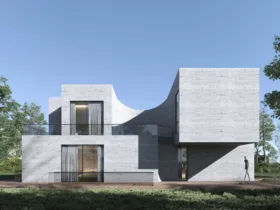
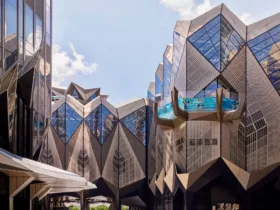
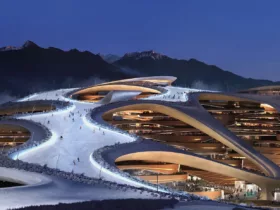
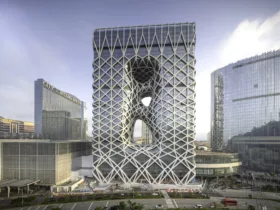
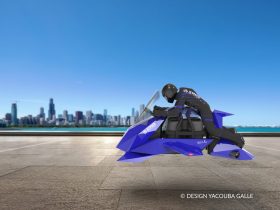
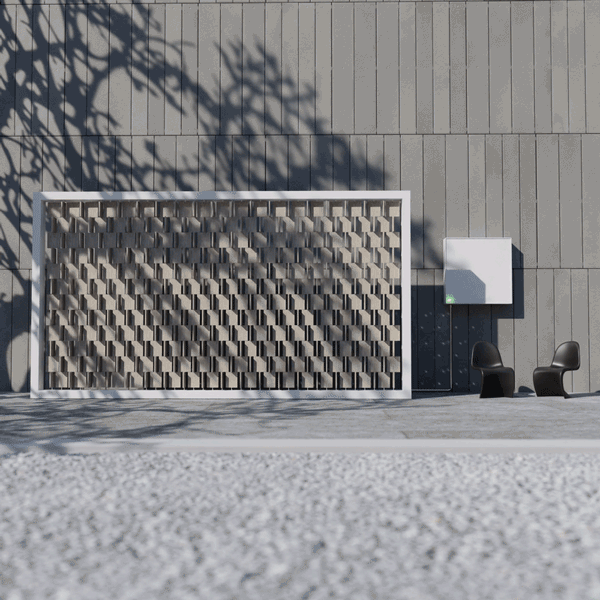
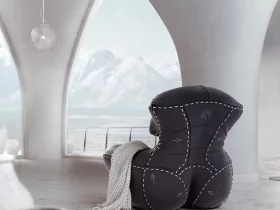
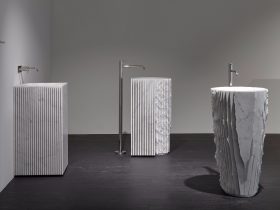
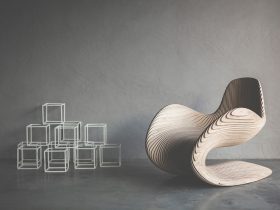
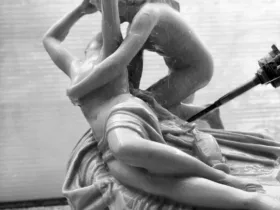

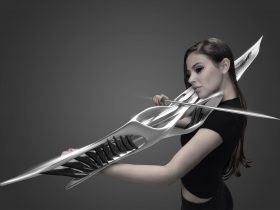

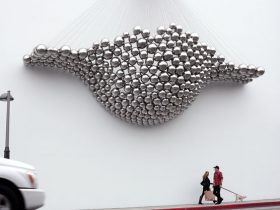
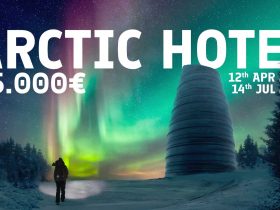
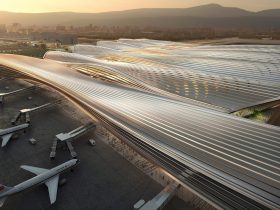
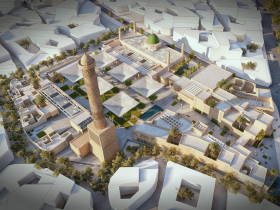
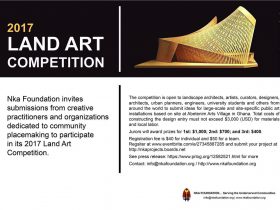
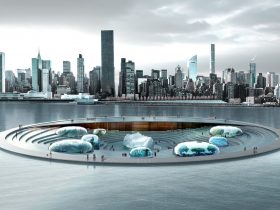
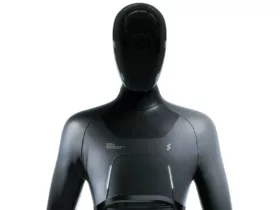
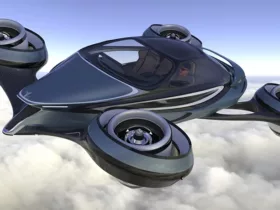
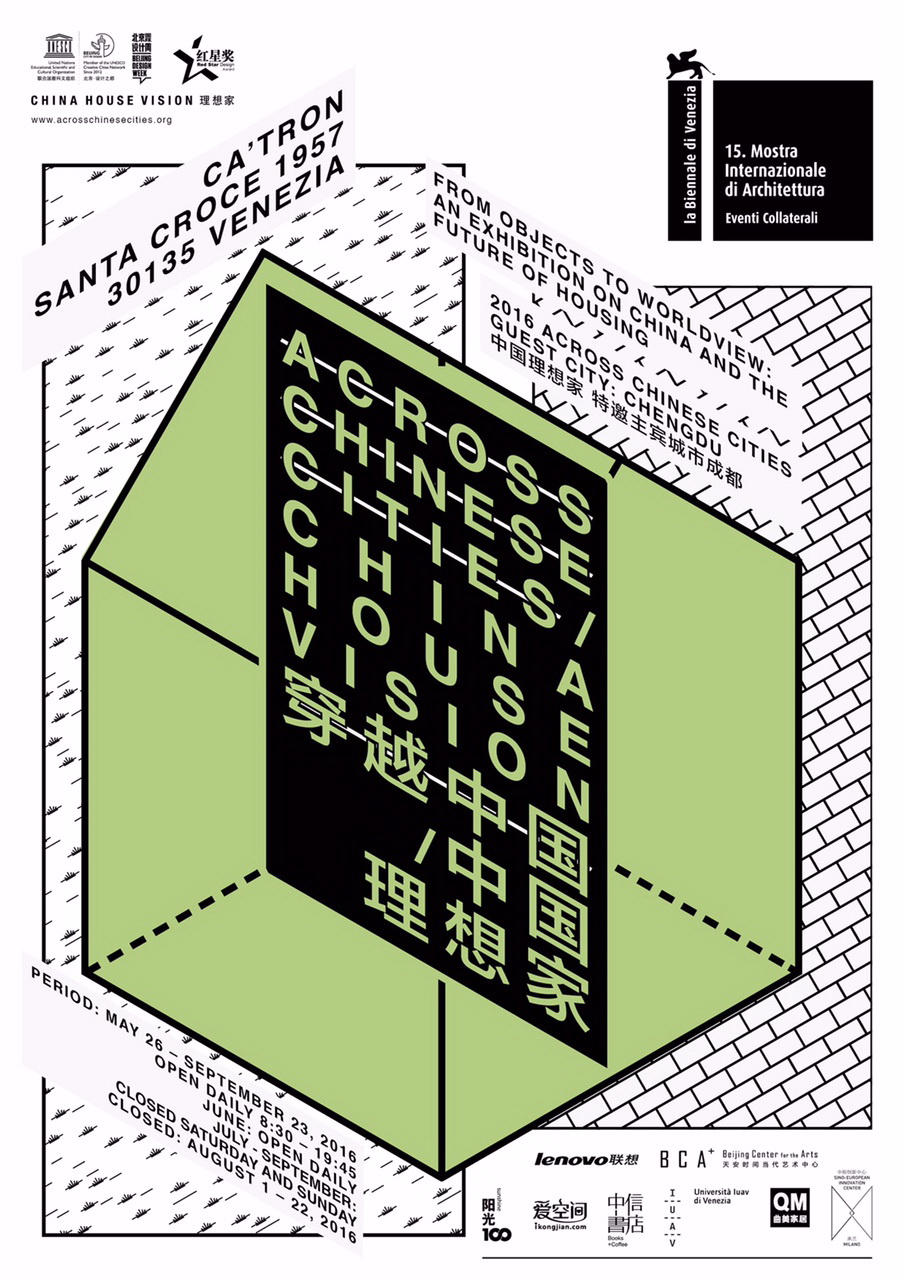

Leave a Reply